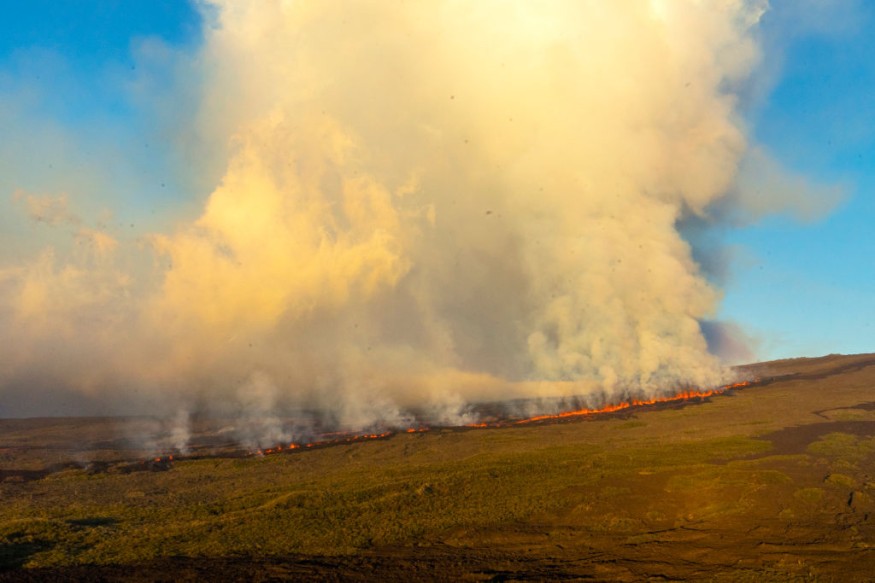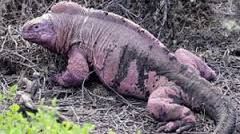+According to Ecuador's Geophysical Institute, the largest peak in the Galápagos Islands has erupted, spilling lava down its slopes and ash clouds over the Pacific Ocean.

Wolf Volcano's cloud of gas and ash surged to 3,793 meters (12,444 feet) above sea level after the eruption, which began soon before midnight local time on Wednesday.
On the other side of Isabela island, the biggest in the Galápagos group, there was no imminent threat to populous communities located on the other side. However, according to the environment ministry, eight individuals were evacuated from the region, including national park rangers and scientists working on pink iguanas on the volcano's slopes.
Pink Iguanas in the Area

The pink iguana lives on the slopes of the Wolf volcano, with just 211 of them remaining on Isabela, the biggest island in the Galapagos archipelago, as of August.
The Galapagos National Park stated in a statement posted on Facebook on Friday that the volcano was generating plumes of smoke and ash several thousand meters high, advancing towards the island's north side, where no humans were at risk.
Taking Action
As a precaution, the national park sent eight park officers and scientists working with the pink iguanas to check on the situation on Friday morning.
No extra protective measures are being considered because the researchers established that the habitat of these species is far away from the eruption and impact zone.
Galapagos Islands
The Galapagos Islands are a protected wildlife region in the Pacific, located around 1,000 kilometers (600 miles) off the coast of Ecuador. They are home to rare kinds of flora and animals.
Charles Darwin, a British geologist, and scientist made the archipelago famous by observing evolution there.
Yellow iguanas and the famed Galapagos giant tortoises can also be seen in the region.
According to the Galapagos Conservation Trust (GCT), a UK-registered organization that focuses on conservation on the islands, the pink iguana was first discovered by park rangers in 1986 and designated as a different species from other land iguanas on the islands in 2009.
Pink Iguanas
The foundation claimed on its website that just around 200 iguanas are remaining on the island, limited to a 25sq-km (9.6sq miles) region on the slopes of the Wolf volcano and that they are "one of the most threatened species in Galapagos." Nobody else can find them.
"They have a small skull and muscular hind legs with sharp claws on their toes, similar to Galapagos land iguanas," it claimed, "but despite their frightening look, they are predominantly herbivores - eating on prickly pear leaves and fruit."
"All they have in common is their coloration: pink with dark vertical stripes running down their bodies."
After 33 years of inactivity, the Wolf volcano erupted for the first time in 2015 without impacting local fauna.
The 1,707-metre (5,600-foot) volcano, according to the Geophysical Institute of Quito, blasted gas-and-ash clouds as high as 3,800 meters (12,467 feet) into the air, with lava flows on its southern and southeastern slopes.
Read also: Long Valley Supervolcano: World's Most Dangerous Volcano Shows Signs of 'Imminent Eruption'
For similar news, don't forget to follow Nature World News!
© 2025 NatureWorldNews.com All rights reserved. Do not reproduce without permission.





